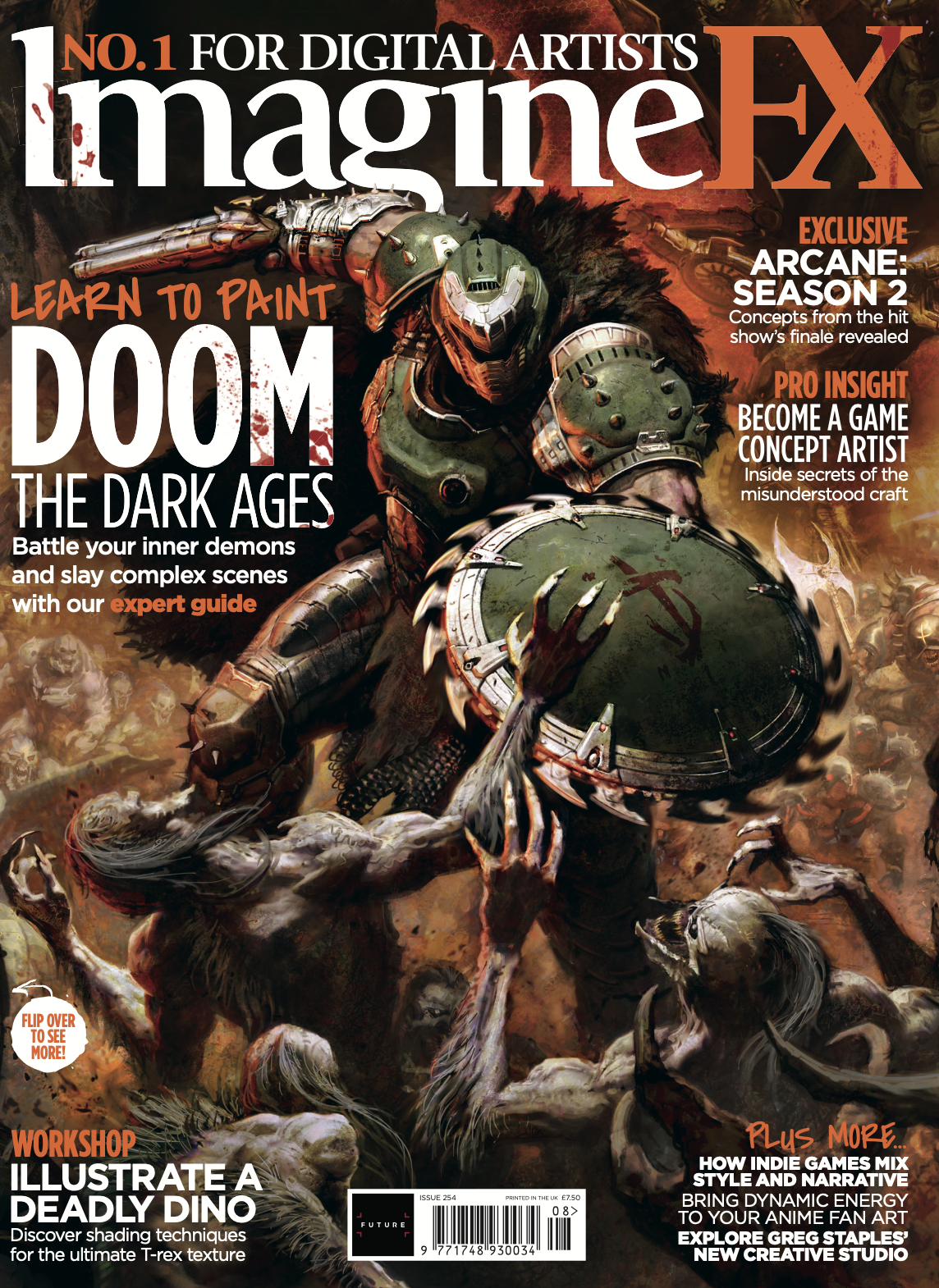No one likes to follow trends, right? Absolutely: it's much better to set them. But at the very least you need to have an awareness of what the current trends are.
And when it comes to photography, we've identified five trends that are really making a difference across the board, from commercial to art photography.
So whether you're a professional photographer, a creative who dabbles in photography from time to time, or a designer who licenses photography for use in your projects, here are the five new photography trends you need to know about.
01. The return of film

While it might seem old-fashioned in this digital age, many veteran photographers have never actually stopped working with film, and for good reason.
Firstly, it instills a discipline that digital can't provide. Shooting with film, there's a physical limit on the number of shots you can take at one time; you also can't instantly view the photo you've taken. This might seem restricting, but for a professional it focuses the mind on framing the shot and getting it right first time.
There's also a visual quality to film that digital just can't compete with. The silver halides in the film's emulsion are physically altered when hit by light particles, and it's this grain that makes colour truly come to life when compared to the cold flatness of pixels.
So while the last decade has seen an inexorable move towards digital for reasons of cost and ease of use, film is now quickly coming back into vogue. It's particularly hip right now in the fashion world, courtesy of photographers like Jamie Hawkesworth, Colin Dodgson, Zoe Ghertner and Harley Weir, who used it to shoot Calvin Klein's recent #MyCalvins campaign (shown above).
Get the Creative Bloq Newsletter
Daily design news, reviews, how-tos and more, as picked by the editors.
Other champions of film include street photographer Patrick Joust, photographic artist Richard Mosse, portrait and landscape photographer Nadav Kander, and commercial photographer Jeff Lipsky.
02. 360 degree photography
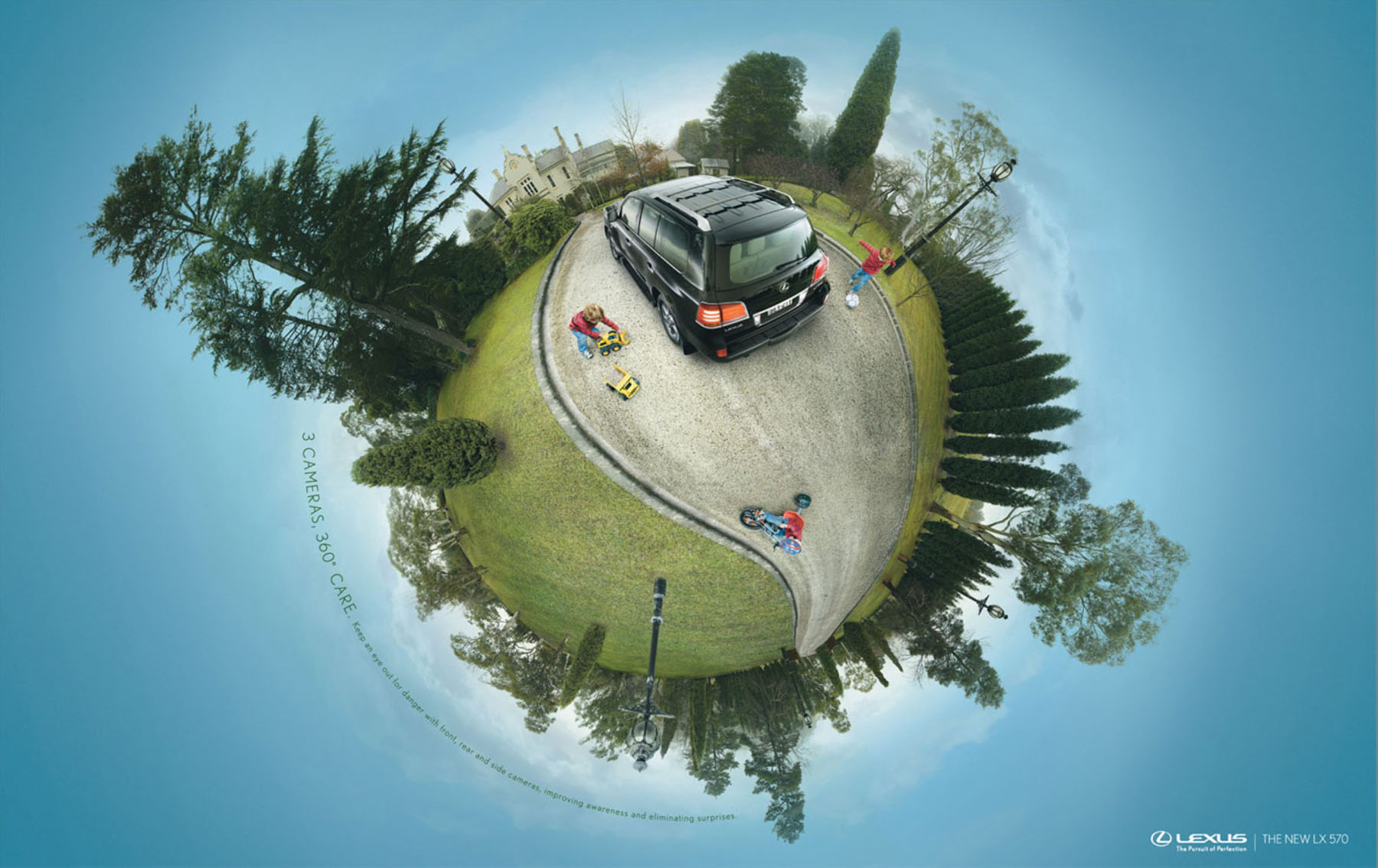
From an old-fashioned style of photography to a brand spanking new one. The new spherical cameras like Samsung's Gear 360 and LG's 360 Cam (they look a little like mini-Death Stars) capture everything around you: up, down, in front and behind.
These all-round images can be viewed with VR goggles to allow you to experience scenes as if you were really there. Alternatively, smartphone apps such as Google Street View let you upload them and view them from all angles by moving around your phone. Facebook is also rolling out the ability to post and view 360 photos as we speak.
It's early days for 360-degree photography: the huge files involved means that viewing images is slow and clunky on most devices. And it terms of taking the pictures, the cameras don't yet have the image quality or fine-tuning offered by normal digital cameras. But as with all tech, it can only be a matter of time.
So we predict 360 photography is going to become very big in the next few years. At the moment it's being used most by businesses, such as real-estate (letting you view a property as if you were there) and the travel industry (letting you check out a resort before you visit). You can check out some examples of the discipline here.
03. The ironic selfie
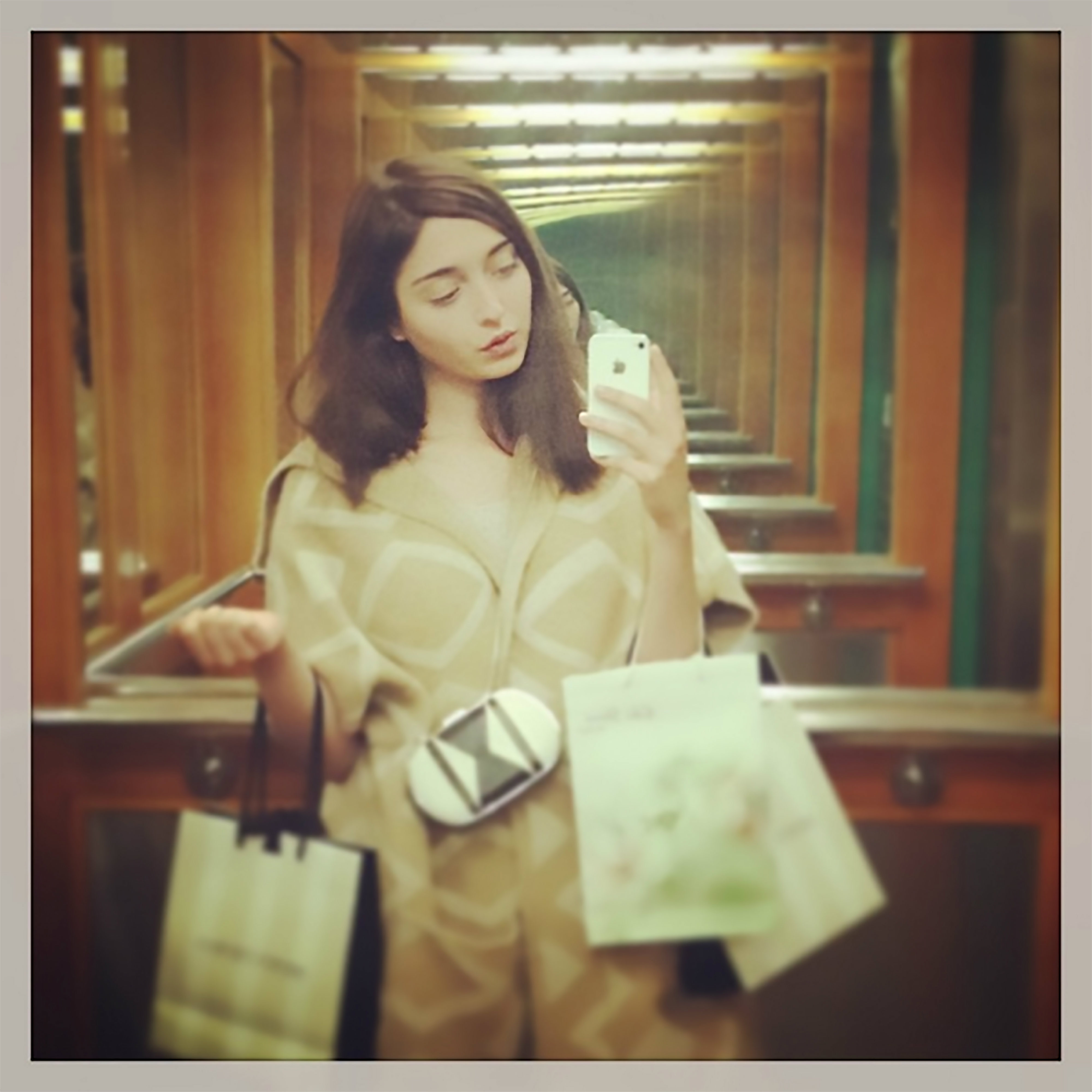
You might be getting tired of seeing cookie-cutter selfies all over your Facebook and Instagram; the perfect encapsulation of the empty-headed Me Generation. The more recent trends for metaselfies (photos of people taking selfies) isn't much better. But some professional photographers are doing some new and interesting things with the selfie trend.
For example, photographer Amalia Ulman posted a series of selfies on Instagram (shown above) that told a fictitious story as if it was real, about her moving to a big city, breaking up with a boyfriend, starting to do drugs and having a boob job. Having amassed a huge following, she finally revealed that the posts were really an art project, 'Excellences and Perfections', which has recently been exhibited as part of the Tate Modern's exhibition, Performing for the Camera.
Jesse Darling's Photoshop diptych is another example of the way art photography is harnessing the selfie trend. The photographs in this feminist project are named after different tools in Photoshop: 'Photoshop 1 (healing brush, clone stamp, paint bucket)'; 'Photoshop 2 (free transform, difference/ exclusion, tolerance: 60'). But rather than images of airbrushed perfection, we instead see naked flesh interspersed with grungy cyborg elements, a comment on how today's technology interfaces with our bodies and our physical identities.
04. Polaroids
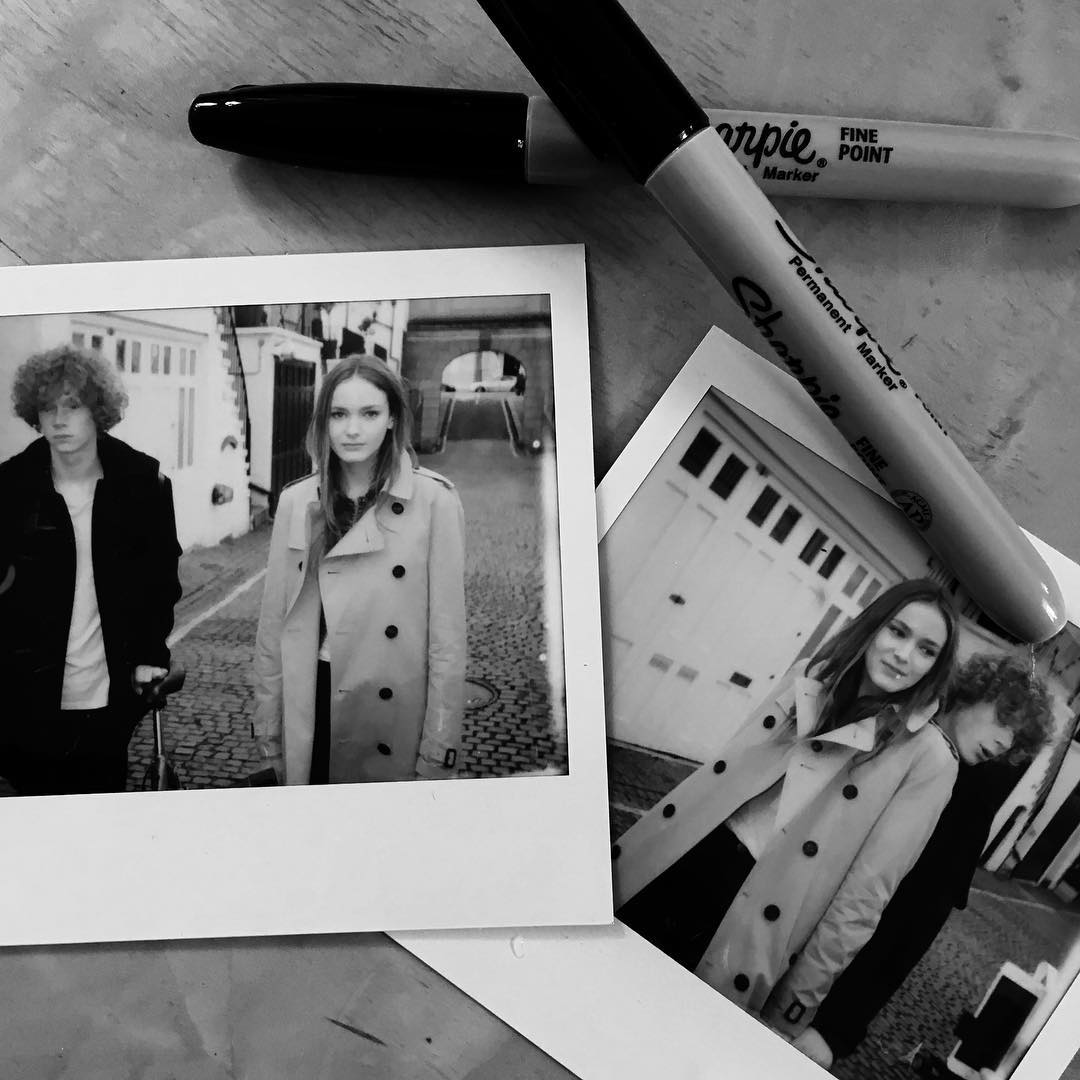
Right now at London's Lyndsey Ingram gallery, the exhibition Please Return Polaroid is putting on show two decades of fine art and fashion photographer Miles Aldridge's test polaroids. But while this exhibition may be a retrospective, it's bang on trend. Because Polaroids are back in a big way.
We're a long way from 2008. Back then, Polaroid filed for bankruptcy and announced it would discontinue production of its instant film and cameras. But in 2014 the Kickstarter-funded Impossible Project, founded in Berlin, bought the last remaining Polaroid factory. And not only is it continuing to produce Polaroid film, it's even launched a brand new model of Polaroid camera: the I-1.
Polaroids are right on trend in fashion photography now, appearing in Brooklyn Beckham's campaign for Burberry (shown above) and Maripol's advertisement for SS16 Boss. There are even wedding photographers shooting Polaroids to add a retro twist to their offering, such as Nick Collingwood.
05. Drone photography
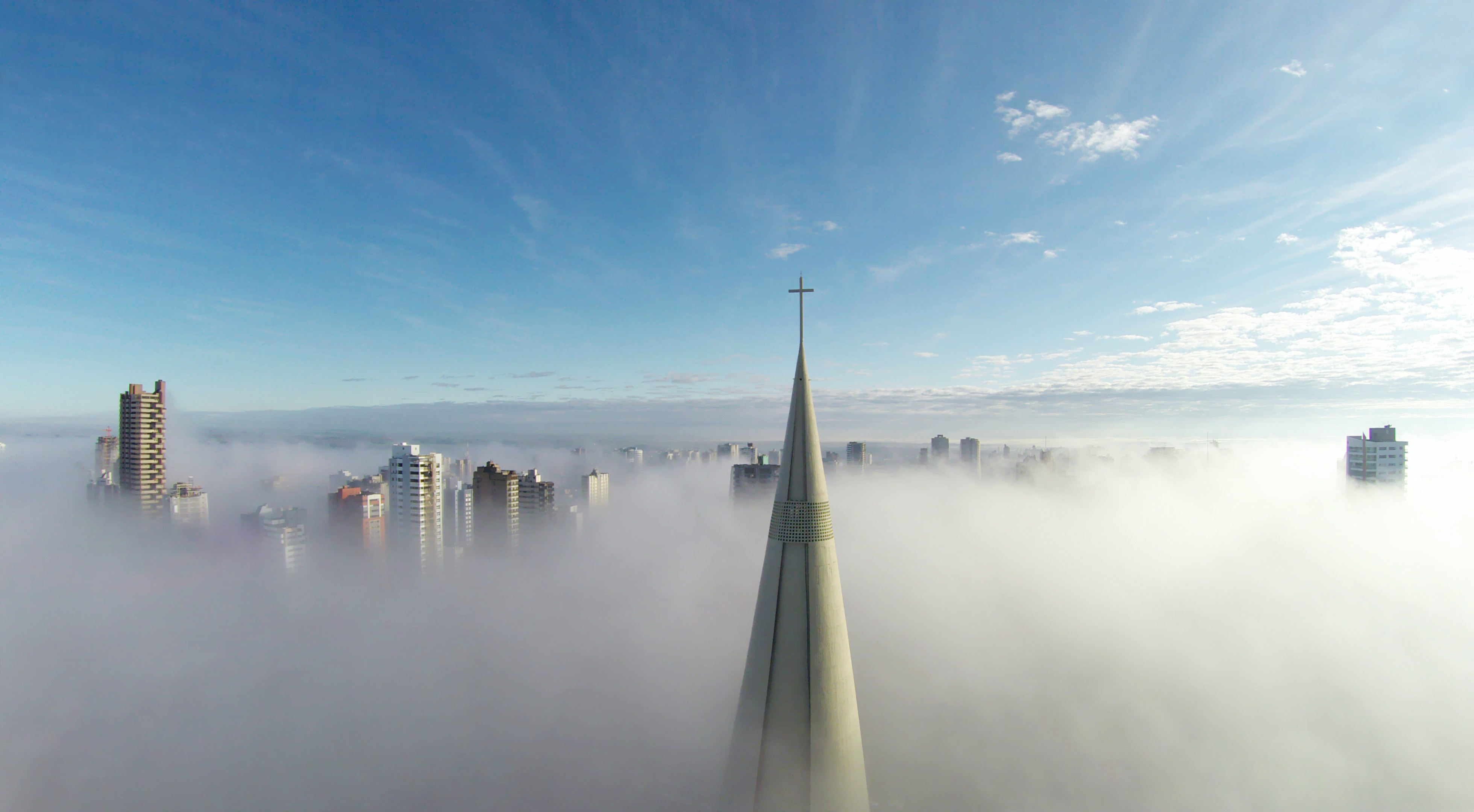
And so to another trend driven by new technology. Radio-controlled drone cameras like the DJI Phanton 4 are enabling photographers to capture scenes that would previously have been either physically impossible or ruinously expensive to capture. You can see some of these amazing images on Dronestagram, an image sharing site dedicated to the new discipline of drone photography, including this shot by Ricardo Matiello, taken above Maringa Cathedral, Parana, Brazil.
And drone photography is rapidly becoming part of the mainstream of professional photography. Trevor Paglen, the US multidisciplinary artist known for his work tackling mass surveillance, has been awarded this year's Deutsche Börse photography prize for a shot taken with a drone camera. And wedding photographers are getting in on the act, too, such as Helene Havard, who offers couples an aerial record of their nuptials using a drone camera.

Thank you for reading 5 articles this month* Join now for unlimited access
Enjoy your first month for just £1 / $1 / €1
*Read 5 free articles per month without a subscription

Join now for unlimited access
Try first month for just £1 / $1 / €1

Tom May is an award-winning journalist and author specialising in design, photography and technology. His latest book, The 50th Greatest Designers, was released in June 2025. He's also author of the Amazon #1 bestseller Great TED Talks: Creativity, published by Pavilion Books, Tom was previously editor of Professional Photography magazine, associate editor at Creative Bloq, and deputy editor at net magazine.
